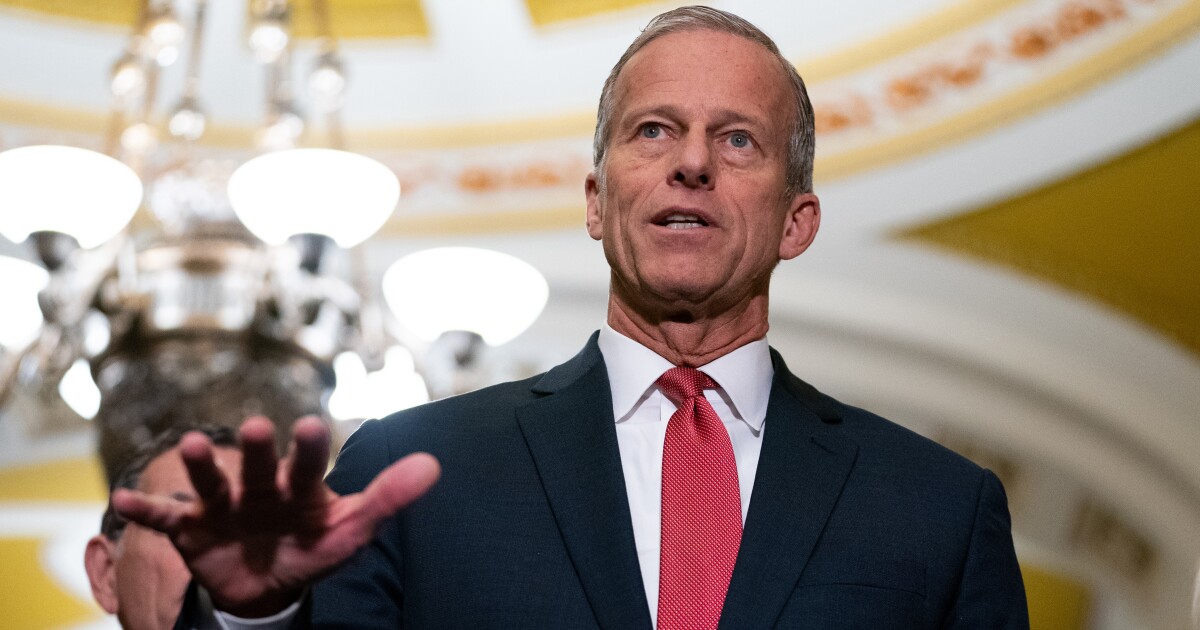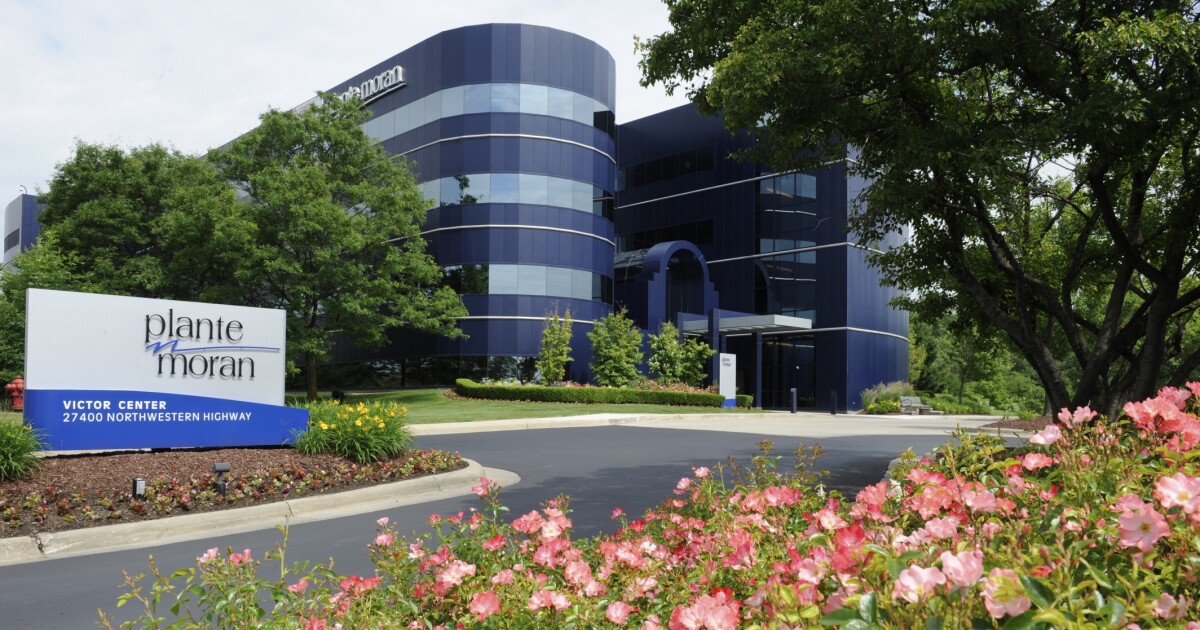Accounting solutions provider SafeSend announced the rebranding of its SafeSend Suite product to SafeSend One in order to emphasize the addition of its brand new Next Gen Gather AI, included as part of a new Premium Tier package. The software package now offers secure and compliant engagement letters, file transfers, organizers, e-signatures, tax return assembly and delivery, and a new AI-driven gathering capability.
“The rebranding from SafeSend Suite to SafeSend One marks the launch of the innovative next gen Gather AI feature and a new premium packaging tier,” said SafeSend in a fact sheet on the rebranding. “These exciting updates help solidify SafeSend’s goal to be the trusted partner in providing an end-to-end client experience for accounting firms. This rebrand reflects our commitment to constant evolution, setting trends, supporting firms’ needs, defining the future, and establishing the ‘gold standard’ for an end-to-end taxpayer journey.”
Next Gen Gather AI was described by Steven Lyon, senior product manager, during a demo as a completely new feature that is meant to help accountants do tasks like collect e-signatures on engagement letters, generate questionnaires and collect important documents.
Once client information is entered, the software begins collecting client information through generating a fillable yes/no organizer. Users can upload their own if they want but it’s not strictly necessary; nor is even sending the fillable organizer in the first place, if the user doesn’t want to do so.
After that, it adds room for e-signatures on the engagement letter and lets people drag and drop their signatures into the appropriate space.
Next, the system generates a customizable questionnaire, which can either be built manually or from a template, with space for yes/no, multiple choice and fillable text boxes.
Then the system makes the document request list using AI. Lyon said “one of the big features” of this part is that if the user uploads the previous year’s organizer, it will automatically generate a document request list based on the information there. People can also choose to use templates, or manually modify the AI-generated list by adding or removing different requests. He noted that users do not necessarily need to send the organizer in order to auto generate the document request list.
Finally, the user chooses their delivery and notification options, as well as sets reminders to the client if they’re taking too long to upload their documents.
On the clients’ side, said Lyon, they will see an email asking them to please complete their “Gather Request.” After verifying their identities via a one-time code, they can start by signing the engagement letter, then answering the questionnaire. Once completed, they’re taken to the organizer with the fillable yes/no questions and places to enter personal information. Finally they’re taken to the upload screen where they see the requested source documents for the firm. The client can upload many source documents at once, and the software will use AI to recognize those items and automatically map them to the document request list. Those that cannot be auto-categorized will appear on the right of the screen for further inspection.
The rebranding will also involve a phase-out of individual product logos for SafeSend Returns, SafeSend Exchange and other solutions, as they will be unified under the combined product portfolio of SafeSend One. This shift emphasizes the broader suite’s key features rather than individual product names.
“Our goal has always been to provide a singular, comprehensive solution that enhances the firm-client experience while simplifying the tax process for firms,” said Andrew Hatfield, SafeSend co-founder and chief growth officer. “SafeSend One and Gather AI are the latest demonstrations of our commitment to innovate on behalf of our customers.”


 Blog Post1 week ago
Blog Post1 week ago
 Personal Finance1 week ago
Personal Finance1 week ago
 Economics1 week ago
Economics1 week ago
 Economics1 week ago
Economics1 week ago
 Economics4 days ago
Economics4 days ago
 Finance4 days ago
Finance4 days ago
 Economics4 days ago
Economics4 days ago
 Economics4 days ago
Economics4 days ago












